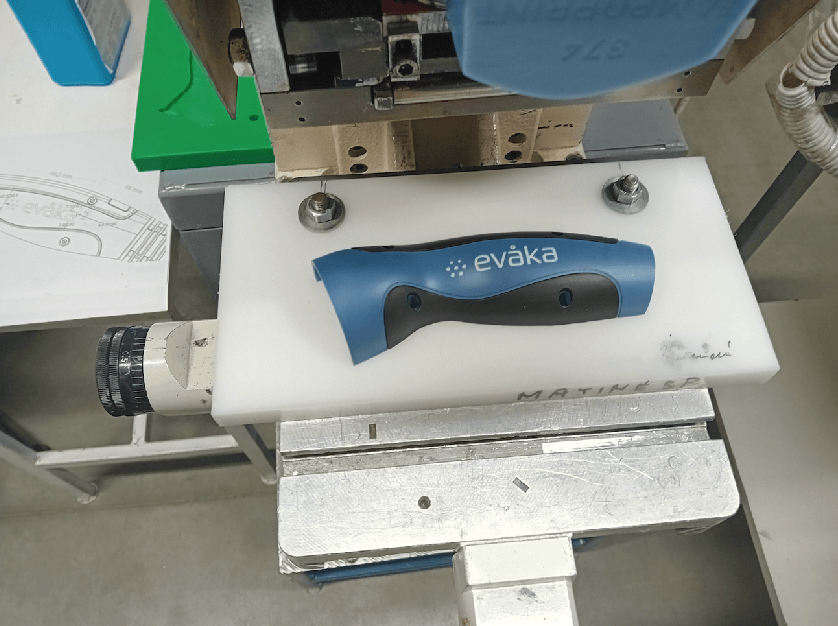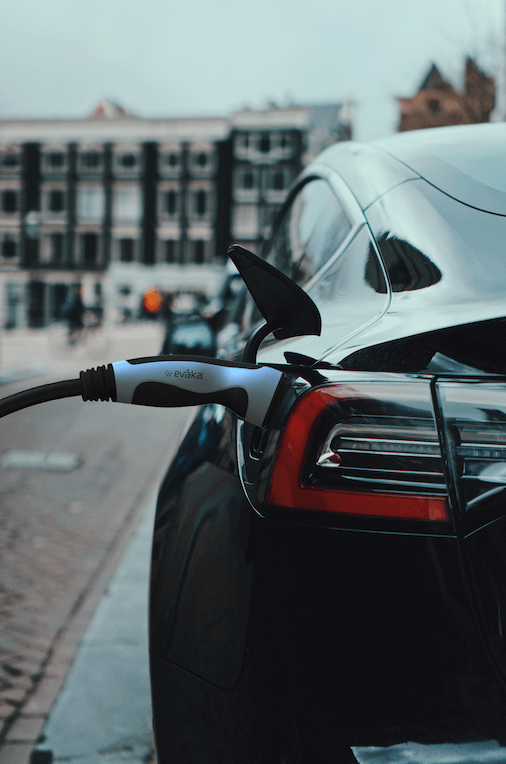The Role of Injection Molding in the Automotive Industry: Innovations and Trends
The automotive industry is constantly evolving, driven by the need for lighter, stronger, and more efficient vehicles. Injection molding plays a crucial role in this evolution, offering manufacturers a versatile and cost-effective way to produce high-quality parts at scale. From interior components to under-the-hood parts, injection molding is a cornerstone of modern automotive manufacturing. This article delves into the innovations and trends shaping the use of injection molding in the automotive sector and explores how this technology intersects with other advanced manufacturing processes.
Why Injection Molding is Essential in Automotive Manufacturing
Injection molding is widely used in the automotive industry due to its ability to produce complex, precise, and durable components in large quantities. The process involves injecting molten plastic into a mold, which is then cooled to form the desired part. This method is highly efficient, allowing manufacturers to produce consistent, high-quality parts with tight tolerances and minimal waste.
The versatility of plastic injection molding makes it ideal for producing a wide range of automotive components, including dashboards, door panels, bumpers, and even critical engine parts. For contract manufacturers and electronics manufacturers, injection molding offers the perfect balance of cost-efficiency and flexibility, making it a preferred choice for both high-volume and specialized automotive parts.
Key Innovations in Injection Molding for the Automotive Industry
Lightweight Materials
One of the most significant trends in the automotive industry is the push toward lighter vehicles to improve fuel efficiency and reduce emissions. Injection molding enables the use of lightweight materials, such as advanced polymers and composites, which can replace heavier metal parts without compromising strength or durability. The use of these materials helps automakers meet stringent environmental regulations while enhancing vehicle performance.
Integration of Electronics

As vehicles become more technologically advanced, the integration of electronic components has become essential. Electronics manufacturers are increasingly utilizing injection molding to produce components that house and protect sensitive electronics, such as sensors, control units, and infotainment systems. Overmolding techniques allow plastic parts to be combined with metal inserts or electronic circuits, creating complex, multifunctional components that are critical for modern vehicles.
Advanced Mold Design and Simulation
Innovations in mold design and simulation software are revolutionizing injection molding. Advanced CAD and simulation tools allow engineers to design molds with high precision, optimize part geometry, and predict potential defects before production begins. This reduces the development time and cost, ensuring that the first production run meets the desired specifications. Contract manufacturers benefit from these technologies by being able to deliver high-quality parts faster and with fewer iterations.
Sustainable Manufacturing
Sustainability is a growing focus in the automotive industry, and injection molding is adapting to meet these demands. Manufacturers are increasingly using recycled and bio-based plastics in the molding process, reducing their environmental impact. Additionally, modern molding machines are more energy-efficient, and advanced cooling systems help minimize waste and lower operational costs. These sustainable practices are helping contract manufacturers and electronics manufacturers align with global environmental goals.
Integration with Other Manufacturing Processes
Injection molding is often integrated with other manufacturing processes, such as CNC milling machines, laser cutting, and 3D printing services, to create complex automotive parts. For example, CNC milling machines can be used to create precise mold cavities, while laser cutting is employed to trim molded parts or add intricate details. 3D printing services are also used for rapid prototyping, allowing manufacturers to test designs before committing to full-scale production. This integration of technologies enhances the overall efficiency of the manufacturing process and enables the creation of innovative automotive components.

Trends Shaping the Future of Injection Molding in Automotive
In-Mold Labeling and Decoration
In-mold labeling (IML) and in-mold decoration (IMD) are techniques that integrate graphics, textures, and functional elements directly into the molded part during the manufacturing process. This trend is growing in popularity for automotive interior and exterior components, as it allows for the creation of high-quality finishes that are both durable and aesthetically appealing. Automakers can now achieve custom designs and branding directly on components like dashboards and door trims, enhancing the vehicle’s overall appearance.
Micro Injection Molding
As vehicles become more compact and advanced, the demand for smaller, more precise components is on the rise. Micro injection molding allows manufacturers to produce extremely small parts with intricate details, such as micro-gears, connectors, and tiny electronic housings. This technology is particularly beneficial for electronics manufacturers involved in the automotive sector, as it enables the production of critical components for advanced driver-assistance systems (ADAS), sensors, and other electronic systems.
Multi-Material Molding
Multi-material molding, also known as two-shot or overmolding, involves molding two or more materials into a single component. This process is gaining traction in the automotive industry as it allows for the combination of hard and soft materials, creating parts with enhanced functionality and aesthetics. For example, this technique can be used to produce soft-touch surfaces, gaskets, or seals directly onto rigid plastic components, eliminating the need for secondary assembly.
Automation and Smart Manufacturing
The integration of automation and smart manufacturing technologies is transforming injection molding in the automotive industry. Modern assembly lines are increasingly equipped with robotic systems that handle tasks such as part extraction, quality inspection, and packaging, enhancing efficiency and reducing labor costs. Additionally, smart sensors and data analytics are being used to monitor the molding process in real-time, allowing manufacturers to detect and correct defects early, ensuring consistent quality.
Electric Vehicles and Sustainable Parts
The rise of electric vehicles (EVs) is driving new demands for injection molding as automakers seek lightweight, sustainable components that can support the unique needs of EVs. From battery housings to lightweight body panels, injection molding offers a versatile solution that aligns with the industry’s sustainability goals. Moreover, the increased use of eco-friendly materials in molding processes helps reduce the carbon footprint of EV production.
Injection molding continues to play a pivotal role in the automotive industry, driving innovation and supporting the development of next-generation vehicles. With advances in lightweight materials, sustainable practices, and integration with other manufacturing technologies like laser cutting, CNC milling machines, and 3D printing services, injection molding is set to remain a key player in automotive manufacturing. For electronics manufacturers and contract manufacturers alike, staying ahead of these trends will be essential to meeting the evolving demands of the automotive market.
At Artilux, while our primary focus spans various industries, we bring our expertise in injection molding to serve the diverse needs of our clients, including those in the automotive sector. We provide high-quality, precision-molded components that can be used across multiple applications, from electronics to household goods, and occasionally for automotive parts. By integrating advanced technologies such as energy-efficient machinery and sustainable materials, we ensure our manufacturing processes remain at the cutting edge. Our flexibility, combined with a commitment to innovation and quality, allows us to adapt to the evolving demands of industries, including automotive, when the need arises.
